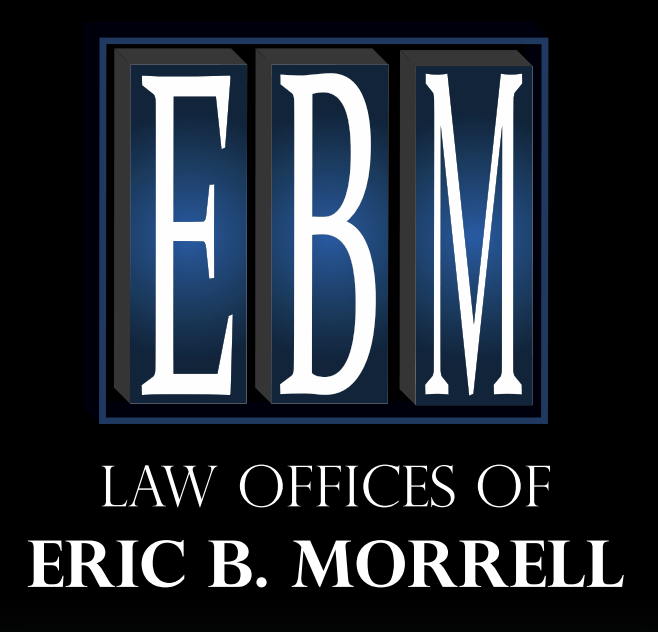The Impact of Missing BWC Footage in New Jersey Criminal Defense Case Law
Since the Attorney General enacted the Body Worn Camera (BWC) policy on January 2022 that stated that all police officers are required to wear BWCs while on duty, criminal defense lawyers have more frequently sought out BWC footage in cases where the defendant encounters a police officer. Our office is aware of this policy, and we always request BWC footage to use if there may be exculpatory evidence that would allow for a better result in our clients’ cases. Many police departments are unable to locate or lose BWC recordings and as a result, this can negatively impact a case. This is what occurred in a 2022 case in New Jersey, State v. Shahaad I. Jones (Docket No. A-1243-22). In this case, two police officers found Mr. Jones, the defendant in his vehicle asleep and stated that they saw his gun by looking through the windshield of his vehicle. The defendant was charged in two indictments; in the first indictment, second-degree unlawful possession of a handgun and fourth-degree possession of a large capacity ammunition magazine and in the second indictment, second-degree certain persons not to possess a weapon.
Despite this, Mr. Jones had a different version of the encounter. Once the officers ordered the passenger in the vehicle to lower the window, they were able to look inside the vehicle, but the defendant asserted that the gun was still not visible from the officers’ vantage point. One officer ordered the defendant out of the vehicle, handcuffed, searched his person and found the gun. Mr. Jones claimed that an officer’s BWC would have shown that the gun was not visible from the officers’ vantage point and the front and rear side windows of his vehicle are tinted, making it difficult to see through the window even with a flashlight. However, the State advised the court that the BWC recording could not be located, and the State relied on the incident report. The defendant moved to suppress the handgun and magazine and in support, he argued that he was entitled to an evidentiary hearing because there were disputed facts concerning the matter in which the search and seizure occurred. Additionally, the defendant claimed that he was entitled to a rebuttable presumption that the missing footage from the officer’s BWC would have been exculpatory. The State argued that an evidentiary hearing was unnecessary because the defendant’s version of the events constituted the denial of the State’s fact and the defendant would only assert that the officers could not see inside the vehicle while the officers would state the opposite. The State determined the search was lawful because the officer observed the gun in plain view before ordering the defendant to step out of the vehicle. The State rejected the defendant’s claim that he is entitled to a rebuttable presumption that the recording from the officer's BWC is included in exculpatory evidence and is inapplicable at suppression hearings. Mr. Jones appealed the order denying his motion to suppress evidence and the case went up to the appellate court.
The Appellate Court reversed the court’s decision denying the defendant’s suppression motion and remanded for further proceedings following this. Since the court considered some of the evidence and made findings based on the evidence presented, which was the officer’s incident report without hearing any testimony, the matter would be remanded to a different judge. The Appellate Court rejected the State’s claim that the defendant’s assertions of fact constitute bald assertions that do not warrant a hearing. The conflicting statements presented by the State and the defendant establishing disputes of material fact warranted a testimonial hearing. The application of the plain view exception by the State must accompany evidence that an officer observed the contraband at the time the officer was in a lawful place. If the officer could not see the handgun inside the car, the object was not in plain view. If the defendant’s assertions were true, the court may be compelled to conclude that the officer did not see the handgun in plain view. Furthermore, the court erred in concluding that the rebuttable presumption is inapplicable at suppression hearings and they did not offer analysis supporting the determination that the rebuttable presumption required under N.J.S.A. 40A:14-118.5(q) does not apply in a proceeding on a motion to suppress evidence. The court’s finding the rebuttable presumption is inapplicable to a suppression hearing is wholly illogical under the circumstances of this case. The Appellate Court determined that the court would conduct a testimonial hearing on the motion and will decide whether suppression of the evidence is warranted and make conclusions of law supporting its decision. The rebuttable presumption outlined in N.J.S.A. 40A:14-118.5(q)(2) is applicable at suppression hearings, but it is not a determination of whether the defendant is entitled to the presumption. Issues relevant to the disposition of the suppression motion must be decided by the motion court based on its application of the statutory requirements.
As a result of our understanding of this new case, our office is familiar with situations in which we can file suppression motions due to BWC footage being absent from the evidence. Due to the absence of the BWC footage, the court was unable to accurately determine whether the officers were able to look inside the vehicle through the windows. The court did not accept any other evidence and asserted that the officer’s incident report was reliable enough which hurt the defendant’s case because both versions of the incident were not taken into consideration. If an officer’s BWC footage could not be located and there was only the police officer’s incident report to rely on as evidence, the defendant has the right to a testimonial hearing. The resolution of the dispute between the two versions of the incident requires a testimonial hearing. Based on the testimonial hearing, the court will determine whether the suppression motion is needed based on the evidence presented. The absence of a testimonial hearing hurt the defendant’s case because his version of the incident was not taken into consideration. If the footage showed they were unable to look inside the vehicle, the handgun and the large-capacity magazine would have been considered exculpatory evidence. Although the defendant, in this case, was denied the motion in the lower court, in future cases, defense attorneys can now argue for a rebuttable presumption when exculpatory evidence, such as BWC footage is missing or unavailable. This argument can now be presented during a suppression hearing. It is important to file suppression motions when evidence potentially favorable to the defendant is lacking or inaccessible. The defense should advocate for testimonial hearings to resolve disputes and ensure a fair consideration of all evidence. Our law offices are well-versed in handling such situations and will strive to obtain the best possible results for you. We believe in fully exercising our clients’ rights and filing any motions to defend their rights. If you have a case where the BWC footage is not turned over as evidence or cannot be located, contact our law offices.








